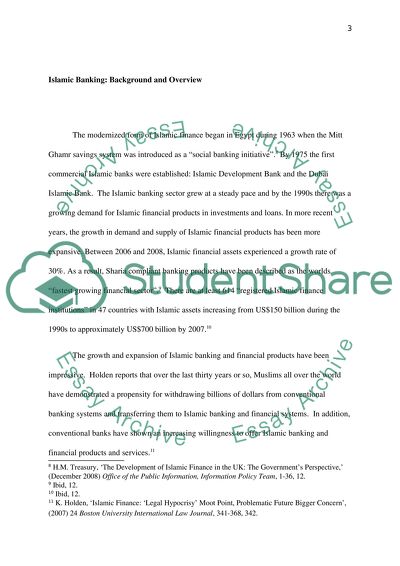Cite this document
(“Discuss critically distinctions between Islamic finance regulation and Essay”, n.d.)
Discuss critically distinctions between Islamic finance regulation and Essay. Retrieved from https://studentshare.org/law/1617237-discuss-critically-distinctions-between-islamic-finance-regulation-and-conventional-financing-of-commercial-credit
Discuss critically distinctions between Islamic finance regulation and Essay. Retrieved from https://studentshare.org/law/1617237-discuss-critically-distinctions-between-islamic-finance-regulation-and-conventional-financing-of-commercial-credit
(Discuss Critically Distinctions Between Islamic Finance Regulation and Essay)
Discuss Critically Distinctions Between Islamic Finance Regulation and Essay. https://studentshare.org/law/1617237-discuss-critically-distinctions-between-islamic-finance-regulation-and-conventional-financing-of-commercial-credit.
Discuss Critically Distinctions Between Islamic Finance Regulation and Essay. https://studentshare.org/law/1617237-discuss-critically-distinctions-between-islamic-finance-regulation-and-conventional-financing-of-commercial-credit.
“Discuss Critically Distinctions Between Islamic Finance Regulation and Essay”, n.d. https://studentshare.org/law/1617237-discuss-critically-distinctions-between-islamic-finance-regulation-and-conventional-financing-of-commercial-credit.


